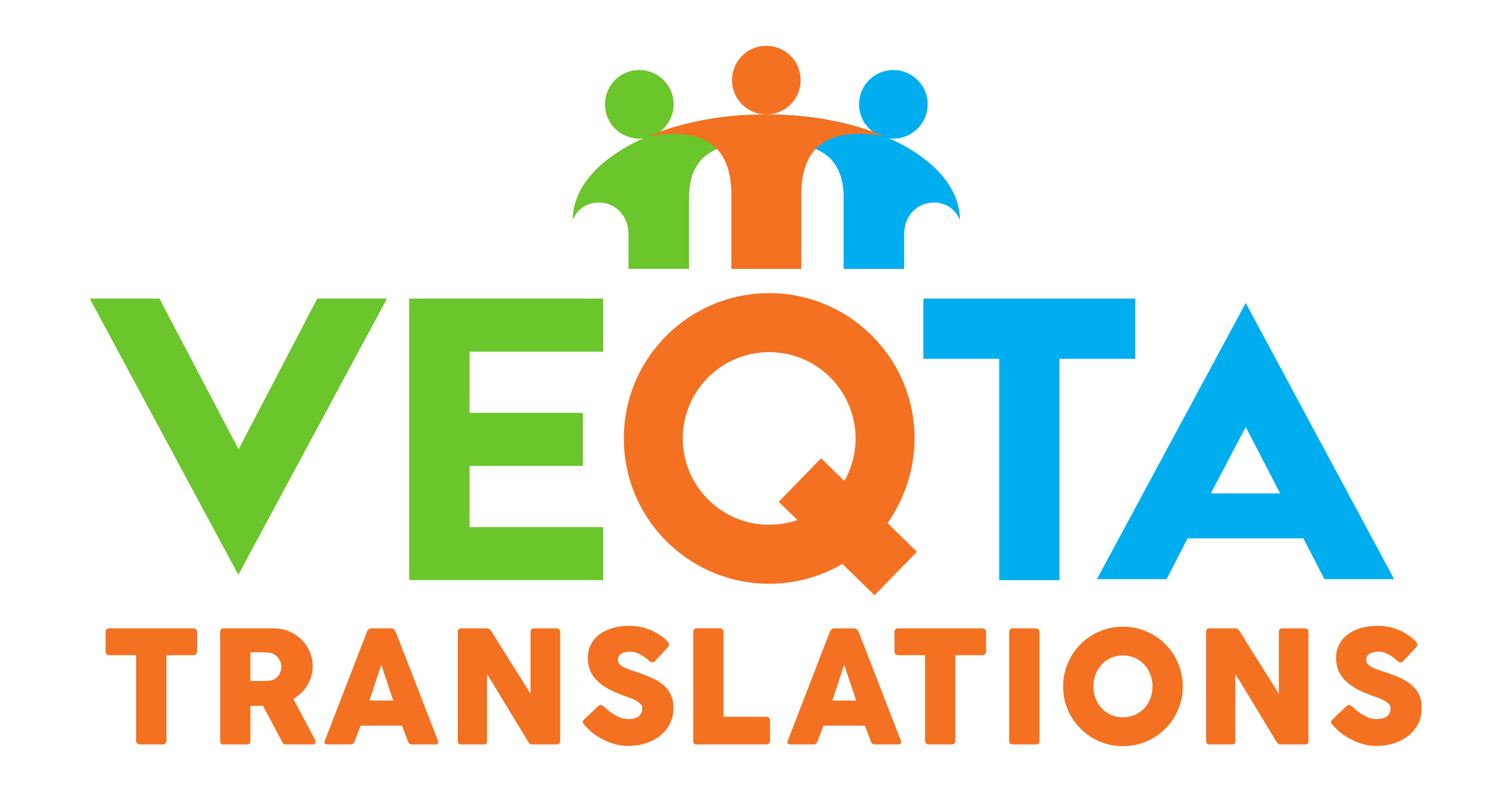What is the Difference Between Graphic Design and Desktop Publishing?
In the creative and content production industries, the terms graphic design and desktop publishing (DTP) are often used interchangeably. While both disciplines focus on visual communication, they serve distinct purposes and involve different tools, processes, and skills. Understanding the difference between graphic design and desktop publishing is crucial for businesses looking to optimize their visual content creation workflows.
What is Graphic Design?
Graphic design is the art of creating visual content to communicate a message or idea. It involves the creative process of designing elements such as images, typography, colors, and layout to achieve a specific purpose, whether for marketing, branding, or informational content. Graphic designers use artistic and conceptual skills to produce original, impactful designs.
Key Aspects of Graphic Design:
- Focus on Creativity: Graphic design emphasizes ideation, concept development, and originality.
- Tools: Graphic designers commonly use software like Adobe Illustrator, Photoshop, and InDesign to create unique visuals.
- Applications: Graphic design is used in branding, advertising campaigns, social media visuals, product packaging, logos, and website design. For example, a graphic designer might create a custom logo that embodies a brand’s identity, balancing creativity with functionality.
What is Desktop Publishing?
Desktop publishing refers to the process of arranging and formatting text, images, and other design elements to produce visually appealing, print-ready documents. Unlike graphic design, which is more focused on concept and creativity, desktop publishing emphasizes layout, consistency, and technical precision for final production.
Key Aspects of Desktop Publishing:
- Focus on Layout and Formatting: DTP involves organizing existing content (text and visuals) into structured designs.
- Tools: Desktop publishers use software like Adobe InDesign, QuarkXPress, Microsoft Publisher, and other layout tools.
- Applications: Desktop publishing is used for creating brochures, magazines, reports, flyers, eBooks, and manuals. For instance, a desktop publishing expert might take pre-designed elements (e.g., logos, photos, and text) and assemble them into a cohesive layout for a corporate annual report.
Key Differences Between Graphic Design and Desktop Publishing
| Aspect | Graphic Design | Desktop Publishing |
| Purpose | Focuses on creative design and visual impact. | Focuses on layout, formatting, and document production. |
| Process | Conceptualization, ideation, and design creation. | Organizing and structuring pre-existing content. |
| Tools | Illustrator, Photoshop, CorelDRAW, Sketch. | InDesign, QuarkXPress, Microsoft Publisher. |
| Skills | Creativity, artistic ability, and conceptual thinking. | Technical precision, layout consistency, and formatting skills. |
| Applications | Logos, posters, branding, social media visuals. | Magazines, manuals, brochures, reports. |
When Do You Need Graphic Design vs. Desktop Publishing?
- Graphic Design: Choose graphic design when you need creative, original visuals for branding or marketing purposes. For example, developing logos, advertisements, or social media campaigns requires a graphic designer.
- Desktop Publishing: Use DTP when you need to organize content into professional, print-ready formats. Examples include creating product catalogs, user manuals, and multi-page brochures.
In many projects, graphic design and desktop publishing complement each other. A designer may create the visuals, and a desktop publisher ensures those elements are properly formatted for publication.
Final Thoughts
While graphic design and desktop publishing share a focus on visual content, they fulfill different roles in the creative workflow. Graphic design prioritizes creativity and visual storytelling, while desktop publishing ensures precision, structure, and final production quality. Together, they help businesses deliver polished, visually appealing content across various platforms.
Understanding when to leverage each discipline enables companies to streamline their design processes, whether for marketing campaigns, branded visuals, or detailed publications.


